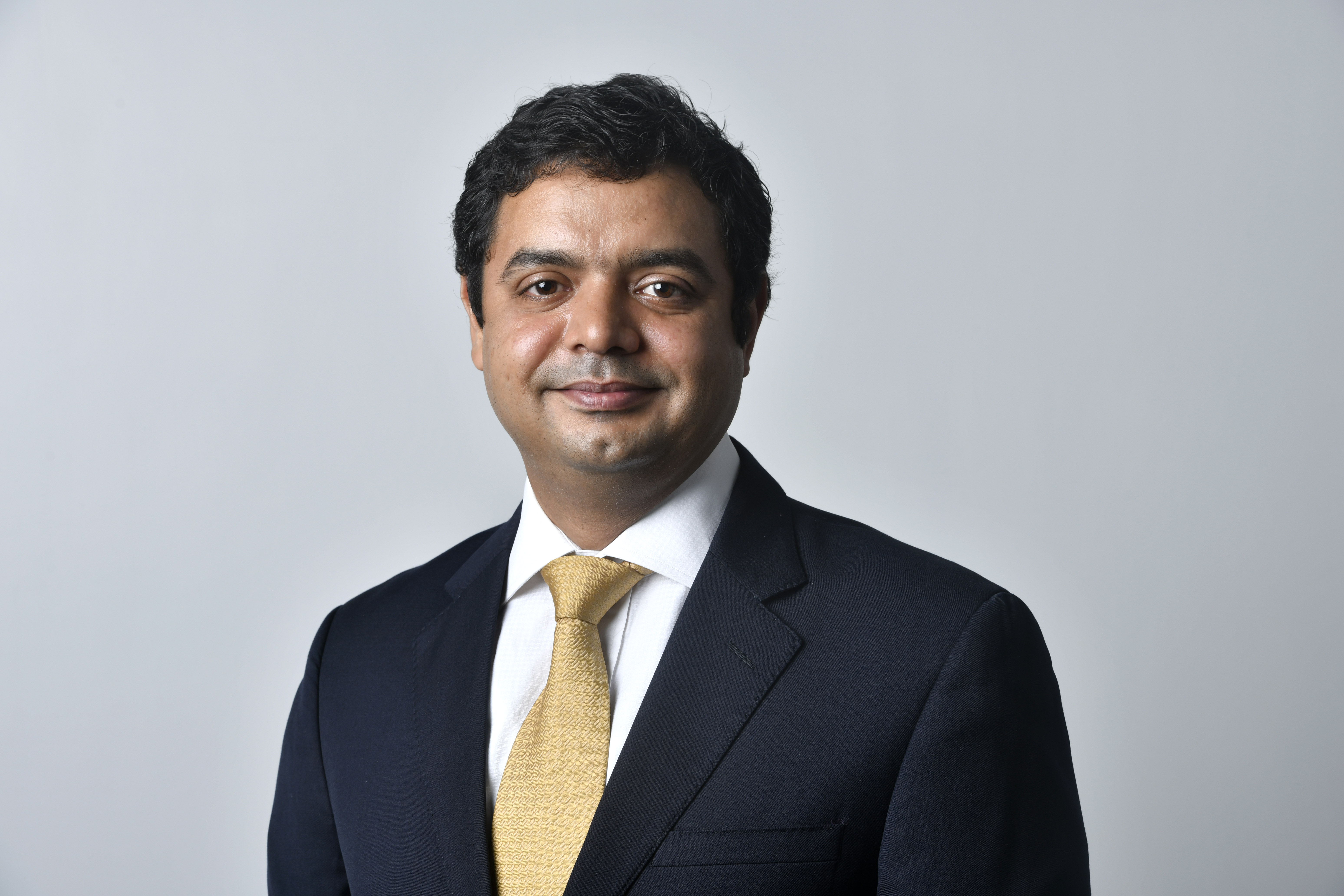
Saving tax is incidental to financial planning and, therefore, it can’t wait till the end of the year. However, if you are among those who don’t view the tax-saving exercise as a part of your overall financial planning and are now scurrying about to save taxes, there is a good chance that you may not have enough money and borrowing may seem a viable option. While the math of it may still work in your favour, there are many other reasons why you should not be getting into this. We tell you why.
What’s the Math?
If you are in the highest tax bracket of 31.2%, including cess but excluding surcharge, even at a borrowing rate of 12%, you will save tax at the rate of 19.2%. In addition, the tax-saving investment will earn some return. So if you invest ₹1.5 lakh to exhaust the limit under Section 80C, you will save ₹46,800 in tax, earn ₹12,000 as return (assuming an average return rate of 8%) and pay ₹18,000 as interest, over a period of one year. “Borrowing has a cost. But its benefits in this case in terms of tax saved and returns earned still outweigh the cost," said Gaurav Awasthi, senior partner, IIFL Wealth Management.
While the benefit is tangible, the damages are intangible and much bigger.
Borrowing can be harmful
First, your employer may have already deducted tax at source (TDS) on your salary at your slab rate. In this case, you will have to claim the money back as a refund after you make your tax-saving investment. Refunds usually take three to six months to process, but there have been cases where it’s taken several years to get the money credited into the taxpayer’s account. In other words, there will be no immediate cash flow into your account.
Second, if you don’t have the money to save regularly, you wouldn’t have the money to repay the loan EMIs. At the end of the year, if you want to liquidate your investments to pay off the loan, there will be challenges. Instruments covered under the 80C basket, typically, come with a lock-in and do not allow early withdrawal. Under certain circumstances, if the provider does allow early withdrawal, you will be required to provide additional documents such as a declaration from the tax department that you have not taken tax deduction benefit on that investment. An equity-linked savings scheme (ELSS) comes with the lowest lock-in (among 80C instruments) of three years and you can’t redeem from it before the lock-in expires.
Third and the most dangerous is what borrowing does to the mind. Once you know that you can bank on debt at the end of the year for your tax-saving investments, there is the danger of falling into a pattern. “Don’t fall into the trap of opting for loans to service your tax-saving investments. You could fall into a loop," said Nithin Sasikumar, co-founder, Investography, a financial planning firm. Mrin Agarwal, founder director, Finsafe India Pvt. Ltd and co-founder of Womantra, highlighted the psychological dangers of a borrower’s mindset. “Even if borrowing to use up tax deductions makes financial sense, I would not recommend it. It would get people accustomed to poor financial discipline," she said.
The most convenient modes of borrowing are credit cards and personal loans but the costs are very high in both the cases. “Credit card payments are one of the most expensive forms of borrowing and should be generally avoided as far as possible (assuming payments are not made according to schedules)," said Awasthi. Credit card interest rates are, typically, in the 35-40% range, far higher than what tax-saving instruments can earn.
If you have shares or real estate, a loan against shares (LAS) or loan against property will come at a lower rate of around 9-11%. Personal loans are another option in the market. “These are available starting at 10.50-11.00%. The precise borrowing rate would depend on factors like income level, credit and employment history and repayment capacity," said Awasthi.
The interest rate on these loans too will be, typically, higher than what your investments can earn, especially in the short term. Your loan will also incur other charges such as processing fees which will add to its cost.
Mint Take
Borrowing to invest in ordinary circumstances is not a good idea. The same risks apply even if you are planning to borrow to invest in tax-saving products, despite the tax benefit. You need to have a great deal of financial discipline to be able to repay the loan and this will not be easy for someone who was not disciplined enough to start with and didn’t save regularly.
If you are someone who is in a similar situation, step back and assess all your current investments. Liquidate the ones that are not in line with your financial goals. For instance, you may liquidate a fixed deposit meant for your retirement, if you are still more than a decade away from that goal and redeploy the money in ELSS. And equity instrument is more likely to meet the retirement goal over the long term compared to an FD.
Last but not the least, remember that tax saving needs to be a part of your overall financial plan. Also, planning your tax investments in advance has other advantages. For example, you should invest in Public Provident Fund (PPF) before the fifth of each month in order to get interest payment for that month. In case of ELSS, investing through a systematic investment plan (SIP) will work in your favour as it will average out your purchase price.
If you end up missing the bus this year, take it as a lesson and plan your tax-saving investments in advance for the next financial year.

Read the original article:
Livemint
